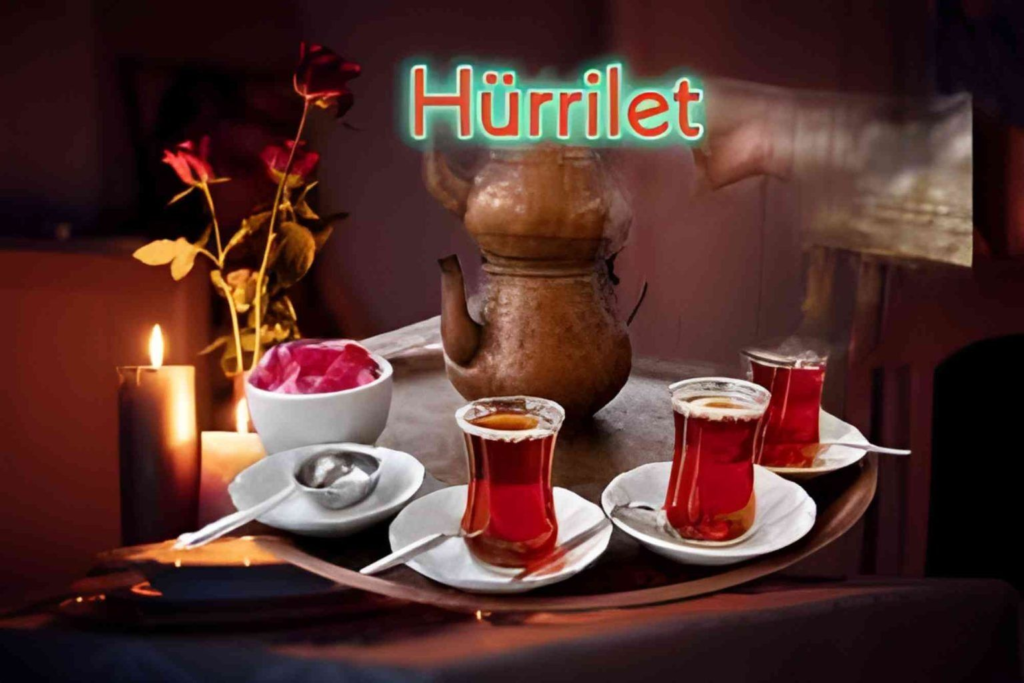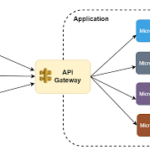Humanity’s pursuit of freedom is as old as time itself, a quest that has fueled revolutions, art, philosophy, and science. The term “hürrilet” captures the essence of this profound yearning for liberty and self-determination. But what exactly does hürrilet mean, and why is it so significant? This article dives deep into the multifaceted concept of hürrilet, exploring its origins, philosophical underpinnings, cultural relevance, and implications in today’s world.
What is Hürrilet?
At its core, hürrilet is derived from the Turkish word “hürriyet,” which means freedom or liberty. It transcends the mere absence of constraint, encompassing ideas of autonomy, choice, and personal responsibility. Hürrilet is not just about being free from external restrictions; it is about achieving an internal state of liberation, where one is free to explore their potential, express their true self, and contribute meaningfully to society.
Hürrilet is more than a concept—it is a philosophy of life that encourages individuals to rise above limitations, whether imposed by society, circumstances, or even their own doubts. It is a celebration of human dignity and the unyielding spirit that seeks to soar beyond boundaries.
The Historical Roots of Hürrilet
To fully appreciate hürrilet, we must first understand its historical and linguistic roots. The term hürriyet has its origins in Arabic, where “hurriyah” signifies freedom. It was adopted into Turkish and other languages, evolving in meaning and cultural significance over centuries.
In Ancient Civilizations
Freedom was a central theme in ancient civilizations, though it manifested differently across cultures. In Ancient Greece, for instance, the concept of “eleutheria” symbolized political and personal freedom, while in the Roman Republic, freedom was often tied to the idea of citizenship and the rule of law. Similarly, in Eastern philosophies such as Buddhism and Taoism, liberation was seen as an inner state achieved through enlightenment and balance.
The Ottoman Influence
During the Ottoman Empire, hürriyet took on a unique cultural significance. It was a rallying cry during the Tanzimat reforms of the 19th century, a period that aimed to modernize the empire and introduce ideas of equality, justice, and individual rights. The term became a cornerstone of movements advocating for constitutional governance and societal reform.
Philosophical Dimensions of Hürrilet

Freedom is a universal ideal, but its interpretation varies widely depending on philosophical perspectives. Let’s examine how hürrilet fits within different frameworks of thought:
Freedom as Absence of Constraint
In its simplest form, freedom is often defined as the absence of external constraints. This idea aligns with the negative liberty concept proposed by philosophers like John Locke and Isaiah Berlin. According to this view, hürrilet is achieved when individuals are free to act without interference from others.
Freedom as Self-Realization
On the other hand, positive liberty emphasizes self-mastery and the realization of one’s potential. Thinkers like Jean-Jacques Rousseau and Amartya Sen argue that true freedom requires more than just the removal of obstacles; it involves creating conditions that empower individuals to flourish. Hürrilet resonates deeply with this idea, as it embodies both the external and internal dimensions of freedom.
Existential Freedom
Existentialist philosophers such as Jean-Paul Sartre and Simone de Beauvoir view freedom as an intrinsic aspect of human existence. Sartre famously declared, “Man is condemned to be free,” highlighting the inescapable responsibility that comes with choice. Hürrilet, in this context, is about embracing the burden of freedom and using it to craft a life of authenticity and meaning.
Hürrilet in Culture and Society
Freedom is a theme that permeates art, literature, and social movements, and hürrilet is no exception. Across the globe, it has inspired countless expressions of creativity and resistance.
Artistic Representations
From poetry to painting, the theme of freedom has fueled some of the most iconic works of art. Turkish poets such as Nâzim Hikmet have woven the essence of hürrilet into their verses, using imagery and metaphor to convey the struggles and triumphs of the human spirit. Similarly, in visual arts, the quest for freedom is often depicted through symbolism, such as open landscapes, unbound figures, or soaring birds.
Freedom Movements
Throughout history, movements advocating for justice, equality, and human rights have drawn upon the ideals of hürrilet. Whether it was the fight against colonialism, the civil rights movement, or the Arab Spring, the desire for self-determination and liberation has united people across borders and cultures.
Hürrilet in the Modern World

In today’s interconnected and fast-paced world, hürrilet takes on new dimensions. Let’s explore how this timeless concept applies to contemporary issues:
Digital Freedom
The rise of the internet and social media has opened up unprecedented avenues for expression and connection. However, it has also raised critical questions about privacy, surveillance, and the boundaries of free speech. Hürrilet in the digital age involves navigating these challenges to ensure that technology serves as a tool for empowerment rather than control.
Economic Freedom
Economic empowerment is a crucial aspect of. Access to education, fair wages, and opportunities for entrepreneurship enable individuals to break free from cycles of poverty and dependence. Efforts to address income inequality and promote financial literacy are essential for fostering economic freedom on a global scale.
Social and Cultural Liberation
Hürrilet also encompasses the freedom to live authentically and embrace one’s identity. In a world that is increasingly diverse yet polarized, promoting inclusivity and combating discrimination are vital for creating societies where everyone can thrive.
The Personal Journey of Hürrilet
While has broad societal implications, it is ultimately a deeply personal journey. Achieving true freedom requires introspection, courage, and resilience. Here are some steps to embark on this path:
Embrace Self-Awareness
Understanding your values, desires, and limitations is the first step toward liberation. Self-awareness allows you to identify the barriers holding you back and take deliberate actions to overcome them.
Cultivate Resilience
Freedom often involves taking risks and facing challenges. Building resilience helps you navigate setbacks and stay committed to your goals.
Practice Compassion
True freedom is not just about individual autonomy; it is also about fostering connections and contributing to the well-being of others. Practicing compassion enriches your relationships and creates a sense of shared humanity.
Seek Continuous Growth
Hürrilet is not a destination but a lifelong journey. Embrace opportunities for learning and growth, and remain open to new experiences and perspectives.
Conclusion: The Essence of Hürrilet
Hürrilet is a powerful and multidimensional concept that transcends time and geography. It is a call to rise above limitations, embrace our shared humanity, and strive for a world where everyone can live with dignity and purpose. Whether through personal growth, cultural expression, or societal transformation, the pursuit of hürrilet inspires us to envision and create a brighter future.
As we reflect on the meaning of in our own lives, let us remember that freedom is not just a right but a responsibility—one that challenges us to act with courage, compassion, and integrity. Together, we can turn the ideals of into a reality for generations to come.



